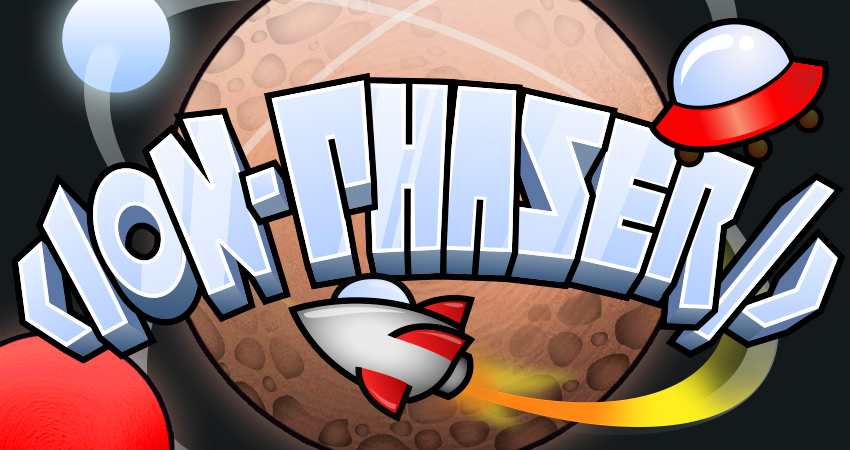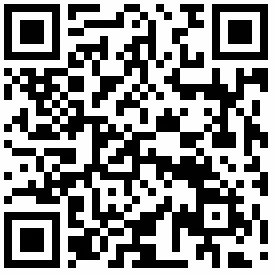Web Component built with Stencil.js to integrate Phaser with any other framework.
Inspired by the old IonPhaser directive
Do you want to see this web component in action? Visit https://codepen.io/jdnichollsc/full/oRrwKM yay! 🎉
- Web Camera: https://codepen.io/jdnichollsc/full/YzQWEwz
Looking for Phaser Framework CE (Community Edition)? Check here!
Simply add this tag wherever you want in your project:
<ion-phaser [game]="game"></ion-phaser>| Project | Package | Version | Links |
|---|---|---|---|
| Core | @ion-phaser/core |
 |
README.md |
| React | @ion-phaser/react |
 |
README.md |
- Put a script tag similar to this
<script src='https://cdn.jsdelivr.net/npm/@ion-phaser/core@1.3.0/dist/ionphaser/ionphaser.esm.js'></script>in the head of your index.html - Then you can use the element anywhere in your template, JSX, html etc
- Run
npm install @ion-phaser/core --save - Put a script tag similar to this
<script src='node_modules/@ion-phaser/core/dist/ionphaser/ionphaser.esm.js'></script>in the head of your index.html - Then you can use the element anywhere in your template, JSX, html etc
- Run
npm install @ion-phaser/core --save - Add an import to the npm packages
import @ion-phaser/core; - Then you can use the element anywhere in your template, JSX, html etc
Using ion-phaser component within an Angular project:
Including the CUSTOM_ELEMENTS_SCHEMA in the module allows the use of Web Components in the HTML files. Here is an example of adding it to AppModule:
import { BrowserModule } from '@angular/platform-browser';
import { CUSTOM_ELEMENTS_SCHEMA, NgModule } from '@angular/core';
import { AppComponent } from './app.component';
@NgModule({
declarations: [AppComponent],
imports: [BrowserModule],
bootstrap: [AppComponent],
schemas: [CUSTOM_ELEMENTS_SCHEMA]
})
export class AppModule {}The CUSTOM_ELEMENTS_SCHEMA needs to be included in any module that uses IonPhaser.
IonPhaser component includes a function used to load itself in the application window object. That function is called defineCustomElements() and needs to be executed once during the bootstrapping of your application. One convenient place to add it is in the main.ts file as follows:
import { enableProdMode } from '@angular/core';
import { platformBrowserDynamic } from '@angular/platform-browser-dynamic';
import { defineCustomElements as defineIonPhaser } from '@ion-phaser/core/loader';
import { AppModule } from './app/app.module';
import { environment } from './environments/environment';
if (environment.production) {
enableProdMode();
}
platformBrowserDynamic().bootstrapModule(AppModule)
.catch(err => console.log(err));
defineIonPhaser(window);<ion-phaser
[game]="game"
[initialize]="initialize"
></ion-phaser>public game = {
width?: integer | string;
height?: integer | string;
zoom?: number;
resolution?: number;
type?: number;
parent: HTMLElement | string;
canvas?: HTMLCanvasElement;
canvasStyle?: string;
context?: CanvasRenderingContext2D;
scene?: object;
seed?: string[];
title?: string;
url?: string;
version?: string;
autoFocus?: boolean;
input?: boolean | InputConfig;
disableContextMenu?: boolean;
banner?: boolean | BannerConfig;
dom?: DOMContainerConfig;
fps?: FPSConfig;
render?: RenderConfig;
backgroundColor?: string | number;
callbacks?: CallbacksConfig;
loader?: LoaderConfig;
images?: ImagesConfig;
physics?: object;
plugins?: PluginObject | PluginObjectItem[];
scale?: ScaleConfig;,
instance: Game // It's created internally when the game is initialized
};
public initialize: boolean;
constructor(private api : ApiService){}
initializeGame() {
this.game = {
width: "100%",
height: "100%",
type: Phaser.AUTO,
scene: {}
}
this.initialize = true
}
getInstance(){
return this.game.instance
}When using a wrapper component, It's not necessary to access the reference directly to configure the game. More details here.
import React, { Component } from 'react'
import Phaser from 'phaser'
import { IonPhaser } from '@ion-phaser/react'
class App extends Component {
state = {
initialize: false,
game: {
width: "100%",
height: "100%",
type: Phaser.AUTO,
scene: {}
}
}
render() {
const { initialize, game } = this.state
return (
<IonPhaser game={game} initialize={initialize} />
)
}
}Other option is using the web component directly:
import React from 'react'
import ReactDOM from 'react-dom'
import { defineCustomElements as defineIonPhaser } from '@ion-phaser/core/loader'
import Phaser from 'phaser'
const game = {
width: "100%",
height: "100%",
type: Phaser.AUTO,
scene: {}
}
ReactDOM.render(<ion-phaser ref={el => el.game = game} />, document.getElementById('root'));
defineIonPhaser(window);In order to use the ion-phaser Web Component inside of a Vue application, it should be modified to define the custom elements and to inform the Vue compiler which elements to ignore during compilation. This can all be done within the main.js file as follows:
import Vue from 'vue';
import { defineCustomElements as defineIonPhaser } from '@ion-phaser/core/loader'
import App from './App.vue';
Vue.config.productionTip = false;
Vue.config.ignoredElements = [/ion-\w*/];
// Bind the IonPhaser custom element to the window object
defineIonPhaser(window);
new Vue({
render: h => h(App)
}).$mount('#app');<template>
<ion-phaser
v-bind:game.prop="game"
v-bind:initialize.prop="initialize"
/>
</template>
<script>
import Phaser from 'phaser'
export default {
name: 'HelloWorld',
data() {
return {
initialize: false,
game: {
width: "100%",
height: "100%",
type: Phaser.AUTO,
scene: {
init: function() {
this.cameras.main.setBackgroundColor('#24252A')
},
create: function() {
this.helloWorld = this.add.text(
this.cameras.main.centerX,
this.cameras.main.centerY,
"Hello World", {
font: "40px Arial",
fill: "#ffffff"
}
);
this.helloWorld.setOrigin(0.5);
},
update: function() {
this.helloWorld.angle += 1;
}
}
}
}
}
}
</script>When contributing to this repository, please first discuss the change you wish to make via issue, email, or any other method with the owners of this repository before making a change.
Contributions are what make the open-source community such an amazing place to learn, inspire, and create. Any contributions you make are greatly appreciated ❤️.
You can learn more about how you can contribute to this project in the contribution guide.
I believe in Unicorns 🦄 Support me, if you do too.
Donate Ethereum, ADA, BNB, SHIBA, USDT, DOGE:
Wallet address: 0x3F9fA8021B43ACe578C2352861Cf335449F33427
Please let us know your contributions! 🙏
Available as part of the Tidelift Subscription.
The maintainers of IonPhaser and thousands of other packages are working with Tidelift to deliver commercial support and maintenance for the open source dependencies you use to build your applications. Save time, reduce risk, and improve code health, while paying the maintainers of the exact dependencies you use. Learn more.
To report a security vulnerability, please use the Tidelift security contact. Tidelift will coordinate the fix and disclosure.
This repository is available under the MIT License.
Made with ❤️







